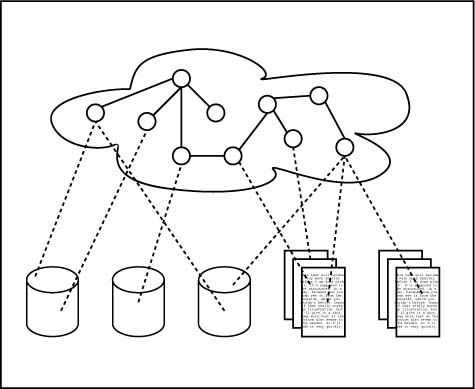A statistical review of ‘Thinking, Fast and Slow’ by Daniel Kahneman by Patrick Burns.
From the post:
We are good intuitive grammarians — even quite small children intuit language rules. We can see that from mistakes. For example: “I maked it” rather than the irregular “I made it”.
In contrast those of us who have training and decades of experience in statistics often get statistical problems wrong initially.
Why should there be such a difference?
Our brains evolved for survival. We have a mind that is exquisitely tuned for finding things to eat and for avoiding being eaten. It is a horrible instrument for finding truth. If we want to get to the truth, we shouldn’t start from here.
A remarkable aspect of your mental life is that you are rarely stumped. … you often have answers to questions that you do not completely understand, relying on evidence that you can neither explain nor defend.
The review focuses mainly on statistical issues in “Thinking Fast and Slow” but I think you will find it very entertaining.
I deeply appreciate Patrick’s quoting of:
A remarkable aspect of your mental life is that you are rarely stumped. … you often have answers to questions that you do not completely understand, relying on evidence that you can neither explain nor defend.
In particular:
…relying on evidence that you can neither explain nor defend.
which resonates with me on subject identification.
Think about how we search for subjects, which of necessity involves some notion of subject identity.
What if a colleague asks if they should consult the records of the Order of the Garter to find more information on “Lady Gaga?”
Not entirely unreasonable since “Lady” is conferred upon female recipients of the Order of the Garter.
No standard search technique would explain why your colleague should not start with the Order of the Garter records.
Although I think most of us would agree such a search would be far afield. 😉
Every search starts with a searcher relying upon what they “know,” suspect or guess to be facts about a “subject” to search on.
At the end of the search, the characteristics of the subject as found, turn out to be the characteristics we were searching for all along.
I say all that to suggest that we need not bother users to say how in fact to identity the objects of their searches.
Rather the question should be:
What pointers or contexts are the most helpful to you when searching? (May or may not be properties of the search objective.)
Recalling that properties of the search objective are how we explain successful searches, not how we perform them.
Calling upon users to explain or make explicit what they themselves don’t understand, seems like a poor strategy for adoption of topic maps.
Capturing what “works” for a user, without further explanation or difficulty seems like the better choice.
PS: Should anyone ask about “Lady Gaga,” you can mention that Glamour magazine featured her on its cover, naming her Woman of the Year (December 2013 issue). I know that only because of a trip to the local drug store for a flu shot.
Promised I would be “in and out” in minutes. Literally true I suppose, it only took 50 minutes with four other people present when I arrived.
I have a different appreciation of “minutes” from the pharmacy staff. 😉
